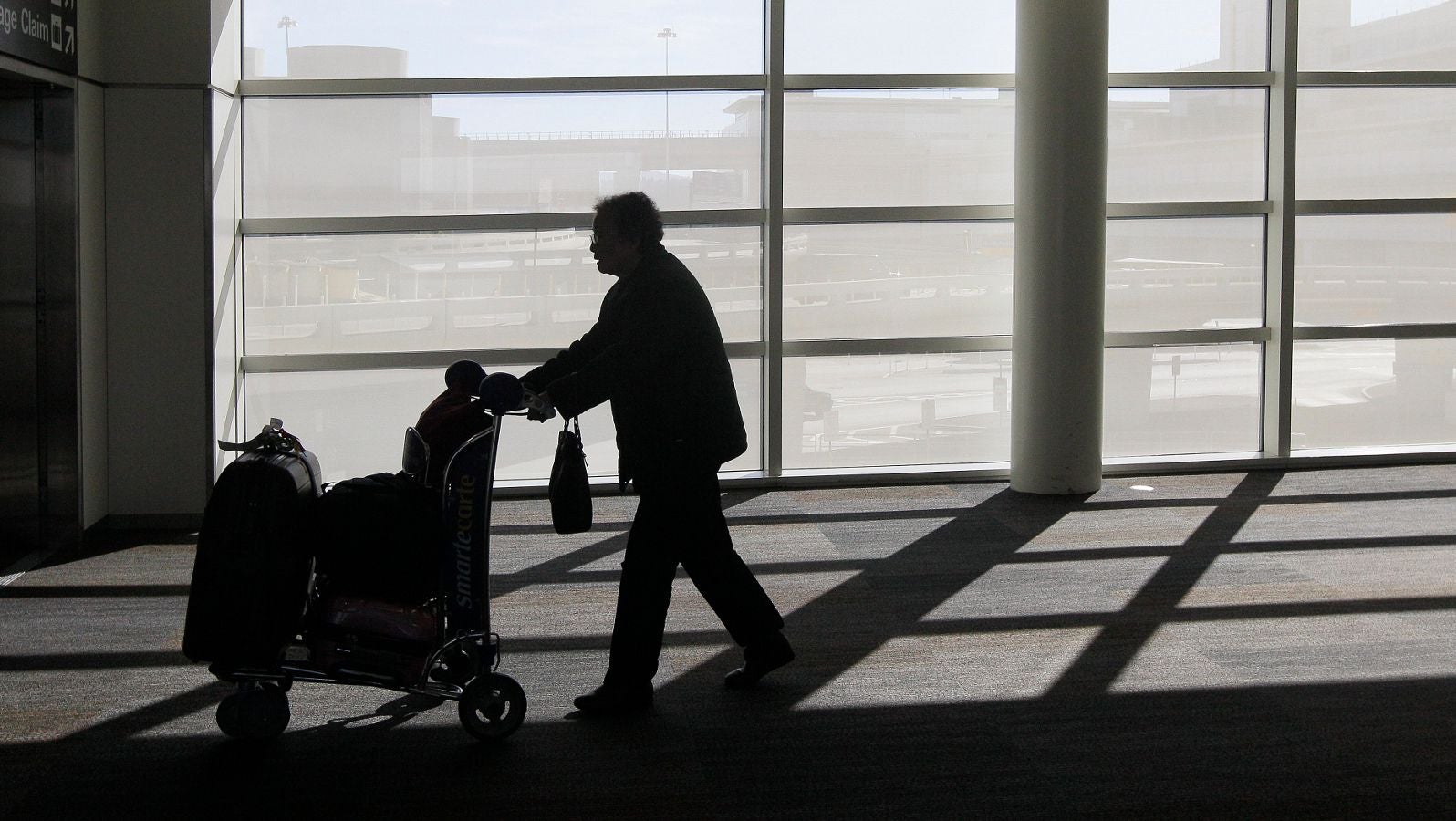Airfare in the US is about to dip to its lowest average in at least four years
Americans dreading the exorbitant prices airlines charge for Thanksgiving travel may be in for some welcome reprieve: Domestic airfares this fall are expected to be at their cheapest in at least four years, according to airfare prediction app Hopper.


Americans dreading the exorbitant prices airlines charge for Thanksgiving travel may be in for some welcome reprieve: Domestic airfares this fall are expected to be at their cheapest in at least four years, according to airfare prediction app Hopper.
From September to November, the average flight cost is expected to be $248, a 3.6% decrease from the same season last year and an 8.1% drop from 2013, according to the company’s Consumer Airfare Index report.
Of course, US domestic airfare had been steadily climbing despite the windfall airlines have enjoyed from lower oil prices. Hopper’s lower estimate reflects other expert predictions that cheaper fuel prices will finally begin to drive down airfare.
Already, average ticket prices relative to previous years began showing signs of decline in February, thanks to a dramatic plunge in oil prices this past winter, Tyler Hanson, a data analysts for the report, tells Quartz.
Another source of downward pressure, he says, is the recent expansion of low-cost carriers in the US. Frontier recently announced plans to expand its ultra-low-cost service with the purchase of 12 new Airbus aircrafts, while Spirit Airlines plans to up its fleet from 80 planes to 144 by 2021.
But the good times will only last as long as fuel prices stay low, Tyler warns. ”I would expect upward pressure on the price level as fuel prices bottom out and start to increase.”
Hopper based its fall forecast on the average fare price for all US departures and destinations (in line with the US Department of Transportation’s booking data) purchased in the month of June, for travel in the month of June. Using historic data, it then factored in seasonal fluctuations in airfare and other influences on price, such as fuel costs, the popularity of routes, and number of passengers. It filtered out expensive fares from its data, using instead what it considers “good deals” for each route so consumers have a more realistic sense of what they can expect to pay.